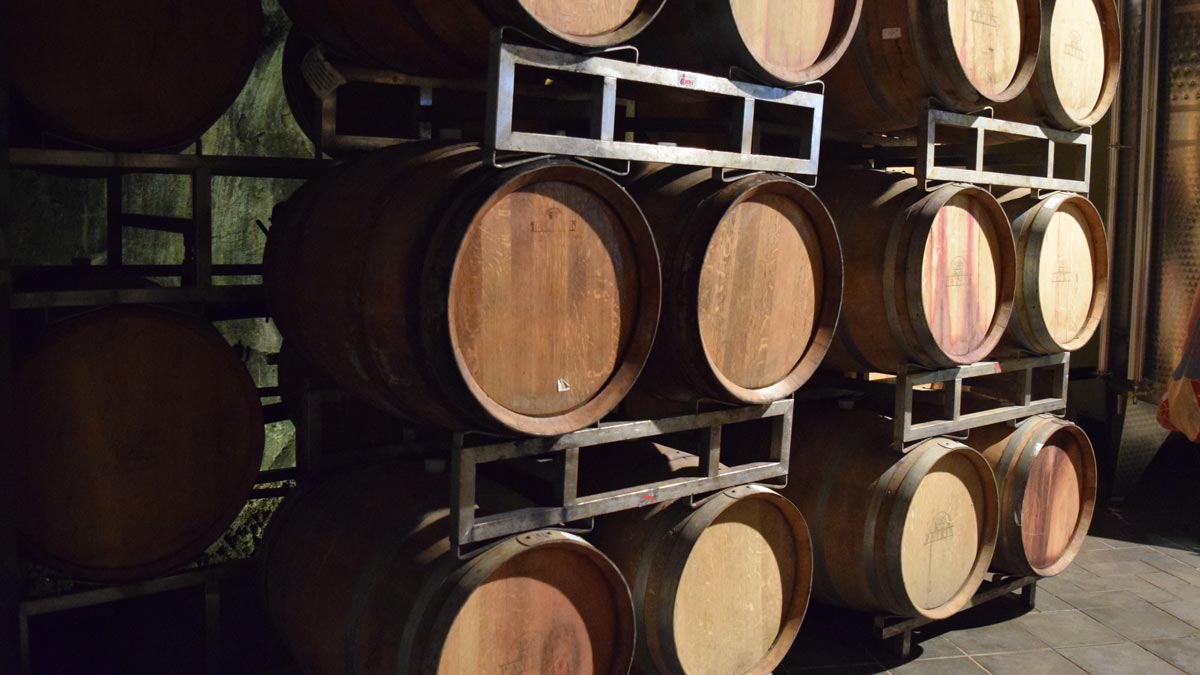Wine can be an intimidating subject to tackle. Whether you’re headed to a winery for your first wine tasting, talking to a waiter at a restaurant, or trying to pick up a bottle for a dinner with your significant other, the subject of wine can be overwhelming. While there are many subtleties, differences and unique qualities of wine, there are some general and simple characteristics too.
All wine is made from the fermented juice of grapes. The process of fermentation is the breakdown of sugar into carbon dioxide (CO2) and alcohol. Sugar is a natural ingredient found in all grapes. Yeast, the catalyst of turning sugar into alcohol, is a natural substance already held in the skin of grapes. Below is a general overview of the three main types of wine and the winemaking process.
Red Wine
Red grapes are collected in vineyards and put into a crushing machine that removes all of the grape stems. In addition to stem removal, the crushing process also brings out in the wine the color from the skins. Depending on the degree of “dryness” for the wine, fermentation is continued to turn the preferred amount of sugar into alcohol. The average amount of alcohol this process produces is 13-15%. Fermentation is stopped before all the sugar is used up to make a sweeter wine. Alcohol is then added to the sweetened wine to give it its 13-15% alcohol content. Dry red wine is created when all of the sugars in the grape pulp are fermented. The wine is then placed in wooden barrels for aging. French oak is one of the more traditional and popular storage units for dry red wine.
White Wine
The process for white wine is very similar to that of red, but with a few key differences. White and red grapes are both fed into the crushing machines to remove the stems breaks free the grape pulp. For white wine, the crushing machine then removes the colored skins. After this, similarly to red wine, dry white wine is allowed to naturally ferment, while sweet white wine has unfermented sugars left in the liquid, and alcohol added. White wine is generally stored and aged in stainless steel as opposed to oak barrels and is generally served chilled.
Champagne
True champagne can only be produced from grapes grown in the champagne region of France. The hallmark difference in champagne is that there is a second fermentation process that takes place in the bottle. The grape harvesting and crushing process is similar to that of red and white wine.
These are some of the simplified aspects of wine and wine making. To make different types of wine requires specific grapes, such as the white grape of chardonnay, pinot grigio, riesling, or the red grape of cabernet, pinot noir, or Norton. It is the growing, harvesting, and aging process that differentiates the quality and cost of the wines.
